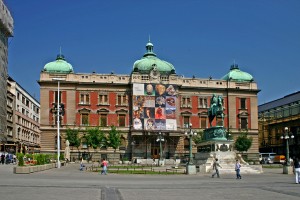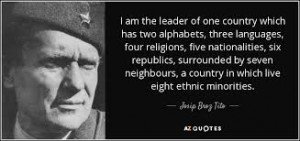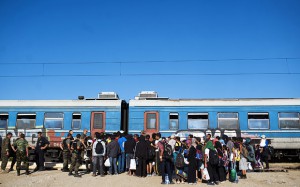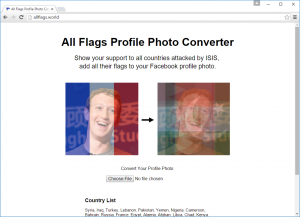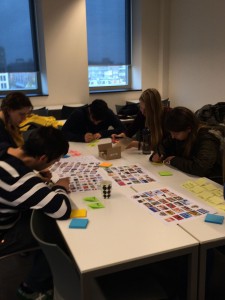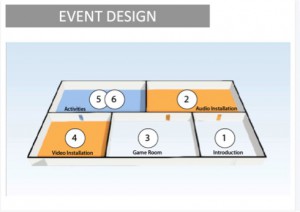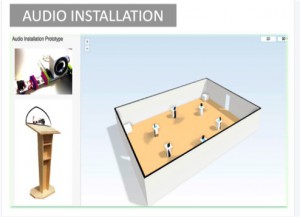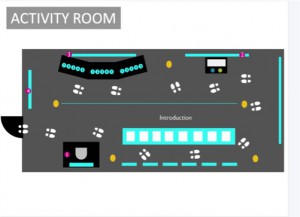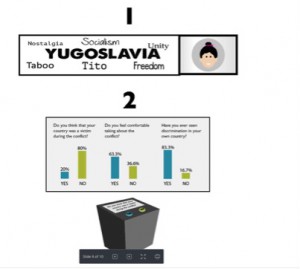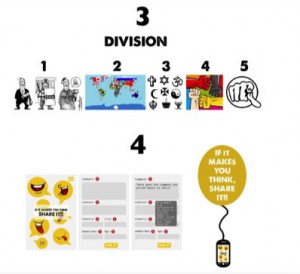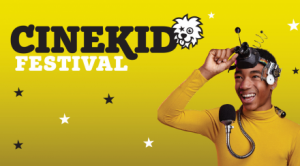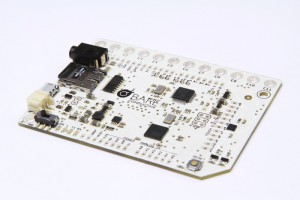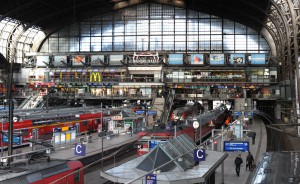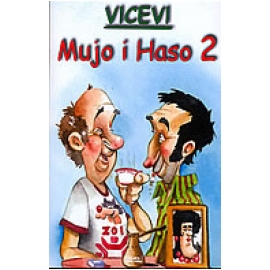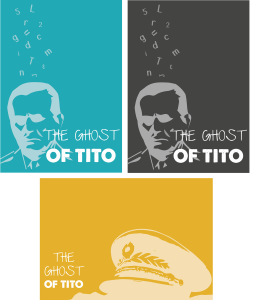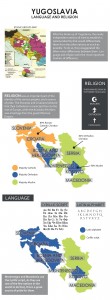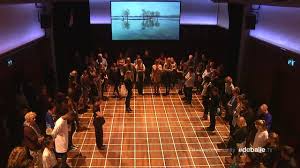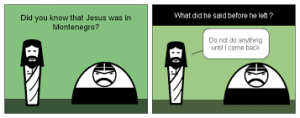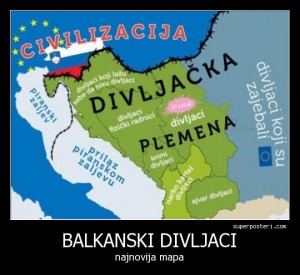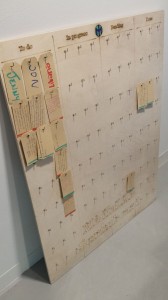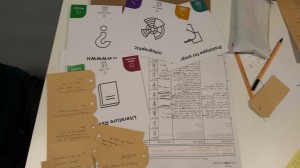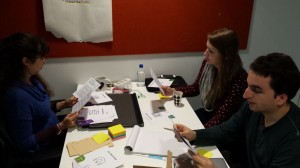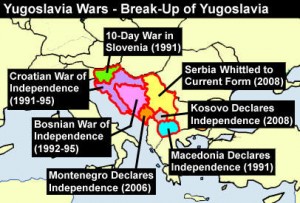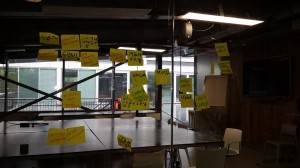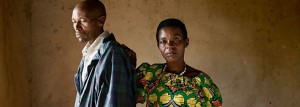The ghost of Tito is alive
Hi, we haven’t updated our blog in a very long time. We are nearing the end of our project, and we have been very busy. We are all very excited to present our work during the final presentation on 20 january. All the groups have developed some really interesting concepts. Hopefully sometime in the future, when you hop in your electric car to visit Serbia, or a museum, you will see some of these concepts applied in real life.
During our final presentation we will not present the exhibition we discussed in our last post. In the end, our partner Creative Court was not really interested in that. We were a bit disappointed by that, but it was quite understandable. They are, after all an arts organization. They have their own network of artists who are more experienced in creating an exhibition than us. We can be more valuable if we do something else.
So we did something else. In the form of an interactive website, we created a digital component to our physical game. We conceived the website as a digital representation of (the ghost of) Tito. We have created a slightly fictionalized ‘Tito’ who gives his own perspective on the history and culture of Yugoslavia and its successor states. Throughout the site you are invited to consider that this is a very personal view and that you can challenge everything he says. At certain point in the website Tito asks you questions directly, enabling you to address him directly.
We got the idea for this website in the final stage of our project. This meant we did not have much time to create it. So in the past weeks we have furiously coded and written the site’s content. We are now very close to finishing it, but we are not quite there yet. So we won’t link to it now, maybe in our next, final post. For now we can just reveal a tip of the iceberg. Here is how Tito talks about himself, in the ‘About Me’ section.
Well, please allow me to introduce myself. As the most powerful person in Yugoslavia, I was a man of wealth and taste. I cannot say I did not enjoy it. But being a ghost sure isn’t bad either. I have so much fun gossiping with fellow ghosts Nikola Tesla, Mesa Selimovic and Paul McCartney. My spiritual state has also given me lots of time for contemplating. As an old, dead, man I must admit I find this modern world of yours very strange. I have the feeling it has changed more since I became a ghost, than during all of my lifetime. I understand that people all over the world are using all kinds of weird devices to read what I am writing here, and it spooks me, man. It really spooks me, but it’s something I find truly extraordinary.
I cannot deny that the world is now in a far better place than when I left. I have only recently accepted this. I was truly heartbroken after the fall of Yugoslavia. The subsequent events caused me even more heartache. I was not pleasant to be around with. I lashed out to my friends, blamed everyone I could for what was happening. I even started haunting little kids while they were sleeping. At that point I knew things had to change. I sought out my good friend Sigmund, who really helped me find some peace of mind. I am still not sure how I feel about the current situation, but I realize it has many advantages for many people. I also have come to accept that I may have contributed to everything that happened in the 1980’s and 1990’s. Maybe I should have distributed power more evenly. Maybe I should have given more room to nationalistic sentiments. Maybe I should have opened up the markets more.
You see, dear readers, I am still very confused. This is why I ask for your help. I know I have no reason to expect it. I know I wasn’t very interested in your opinions when I ruled Yugoslavia. I took too many important decisions without taking your views into serious consideration. I do not want to that anymore. I realized it makes me lonely in ways I’ve never considered before. Even worse, I realized this approach is very much in opposition to my ideals of Unity and Brotherhood. I know now, that if we want to live together, we will have to respect each other’s views even when we strongly disagree with them. We may disagree with them, but we must understand where they are coming from. Oh, wait, I am so sorry. I really didn’t want to make this about my ideas, but here I am, lecturing again. I guess some tricks you just can’t unlearn.
Anyway, I digress. I was asking for your help. I want to reflect on, and understand, Yugoslavia’s past and present. I want to know what I may have done wrong. I need to understand the perspective of the modern citizen. This is why I created my game, and filled it with references to Yugoslavian culture and history. It has allowed me to organize my thoughts and work through some of my feelings. As you will see I have written my own perspective on many of the issues this region has faced in the past decades. I tried to be as honest as possible. I am offering you a view into my soul. Please do not spare me. I want you to challenge my ideas, to disagree with me, to tell me where I am wrong. Offer your own perspective and do not take my ideas for granted. I cannot emphasize enough that I am a confused old man, and that all of you know way more than I ever will.
Of course I hope this will be useful for you too. History is confusing and strange. It can often be very frustrating. You don’t need to work through these frustrations alone. We are all in this together. We can all learn from each other’s perspectives as long as we are respectful. I am aware that some of these references may be offensive to some of you. Feel free to say so. I will try to remove or rephrase them. Now, I’ve bored you for long enough. Besides, Nikola wants to show me one of his new inventions. I have to go. Have fun. We’ll speak soon.






